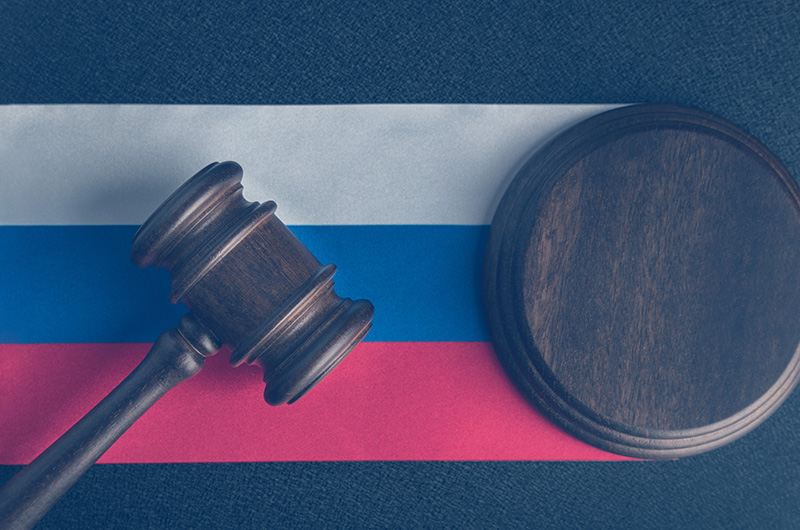Every counterfeit drug entering the pharmaceutical supply chain poses immense health and financial risk to patients. To combat this problem and secure the distribution chain against this growing threat, Russia is currently in the midst of building the world’s most strict – and ambitious – pharma track and trace system, called Chestny ZNAK.
Signed into law by President Vladimir Poutine in December 2017, the legislation’s primary goal is to streamline quality control in the pharma industry, prevent counterfeit drugs from entering the system, and monitor demand, supply, and expenditure.
Phased implementation of the law began in 2019 and is expected to culminate by 2024. By then, every distributor and manufacturer in the pharma supply chain must comply and connect with Chestny ZNAK. The Government has also introduced strict fines and penalties for those who don’t fulfil the requirements.
No matter what your role in the supply chain is – manufacturer, packager, or distributor – it’s in your organization’s best interest to know how the track and trace system works and what the regulations require. So, here’s a small crash course on Russia’s pharma serialization regulations and Chestny ZNAK.




